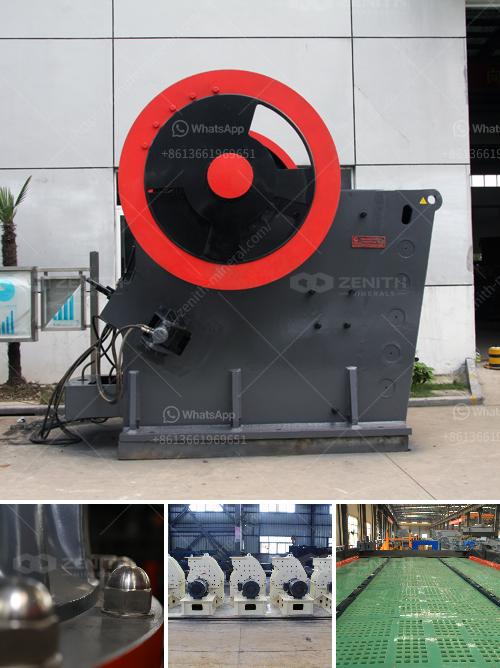It sounds like you're looking for a solution for a 60 tons per hour (tph) limestone sand washing and water recycling system. Here is a brief overview of how such a system could be structured:
1. Feeding System:
- Hopper & Conveyor: A hopper to feed the raw limestone into the washing unit with a conveyor system.
2. Sand Washing System:
- Washing Screen or Scrubber: To separate the fines and contaminants from the limestone aggregate. For limestone, depending on particle size, a trommel screen or log washer might be used.
- Sand Washer: Spiral or wheel type sand washer to remove impurities and wash the limestone aggregate.
3. Water Recycling System:
- Settling Tank/Clarifier: To separate the water from the solid particles. Sedimentation tanks or clarifiers can help the fines settle to the bottom.
- Thickener: To further concentrate the slurry and recycle as much water as possible.
- Filter Press: Optionally, a filter press can be used to dewater the fines for easier disposal and further water recovery.
4. Material Conveyor System:
- Belt Conveyors: To transport washed limestone to stockpiles or the next stage of processing.
5. Control System:
- PLC System: For automatic control and monitoring of the entire process, ensuring efficient and continuous operation.
Benefits:
- Environmental Compliance: Proper water recycling means less environmental impact and compliance with local regulations.
- Cost Savings: Reduced water consumption and disposal costs.
- Product Quality: Enhanced product quality by removing impurities and fines from the limestone sand.
Considerations:
- Space requirements for tanks and equipment.
- Initial Capital Investment.
- Maintenance of filters and washing components.
With a setup like this, you can expect better efficiency, a reduced environmental footprint, and high-quality limestone sand ready for use in construction or other applications.

